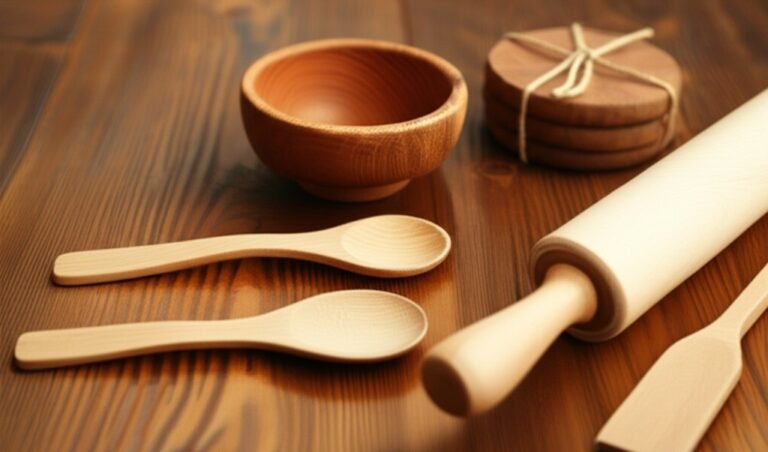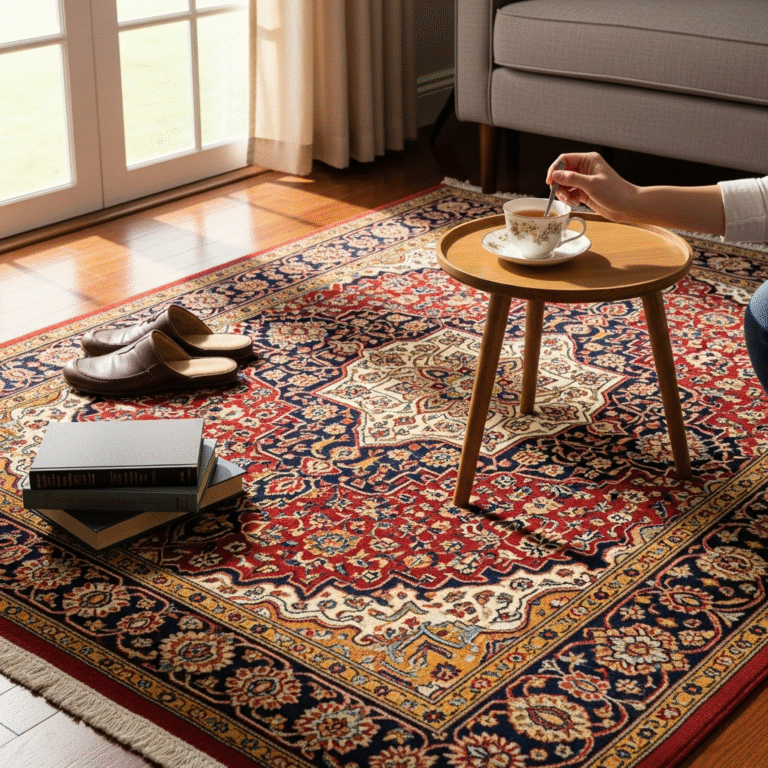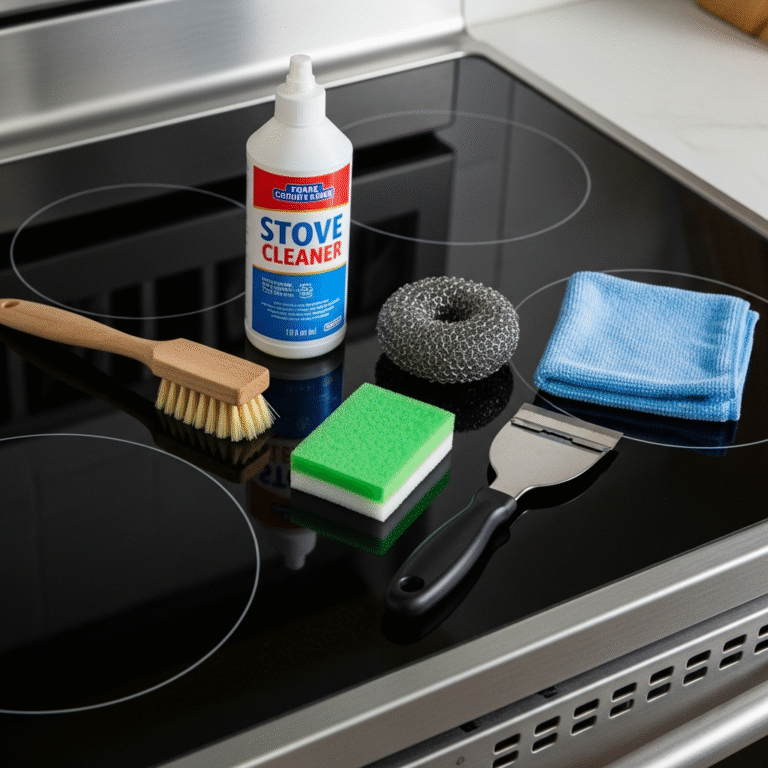Wood items bring warmth and timeless elegance to any space, but their longevity and beauty depend heavily on consistent and proper care. Understanding wood as a natural, somewhat porous material is the first step. It breathes, responding to its environment, particularly changes in humidity and temperature. The type of finish on the wood—whether it’s oil, wax, varnish, lacquer, polyurethane, or paint—also dictates specific care routines for wood items, as the finish acts as the primary barrier against damage.
1.The Right Fabric
Regular dusting is a cornerstone of wood care, and it’s more important than many realize. It’s not just about maintaining a clean appearance; dust particles can be surprisingly abrasive. When cleaned carelessly or allowed to accumulate, they can create microscopic scratches in the surface of the wood. Over time, these tiny abrasions dull the finish and can even wear it away, making the wood more susceptible to future damage. For effective dusting, choose your tools carefully. A soft, lint-free cloth, such as microfiber or a piece of an old, well-washed cotton T-shirt, is ideal. Feather dusters can be useful for intricately carved items or delicate surfaces where a cloth might snag, but make sure they’re made from real ostrich feathers, which trap dust rather than just scatter it around. A soft-bristled brush, such as a new paintbrush, can also be used to gently remove dust from crevices and corners. When dusting, always try to wipe in the direction of the grain of the wood. This helps to lift dust from the subtle textures of the wood, rather than pushing it deeper. Avoid using dusting sprays with silicone, as they can create an oily film that attracts more dust and can interfere with future finishing work. How often should you dust? For most wood furniture, once or twice a week is sufficient, although items in high-traffic areas or dust-prone homes may benefit from more frequent attention.
In addition to routine cleaning, wood items will occasionally require a more thorough cleaning to remove fingerprints, sticky stains, or general grime that cleaning alone cannot remove. The key here is caution, especially when it comes to moisture. Wood and water are not natural companions. For most sealed finishes, such as varnish, polyurethane, or lacquer, a cloth lightly dampened with water is usually sufficient. Wring the cloth out until it is nearly dry; it should feel slightly cool to the touch, but should not leave any visible traces of moisture on your wood items. If water alone is not enough to remove the dirt, you can add a small drop of mild dish soap to a small bowl of water. Dip the cloth in, wring it out well, and gently wipe the affected area, again moving in the direction of the wood grain if possible. Important: Always wipe immediately with a clean, dry, soft cloth to remove any residual moisture. Never leave water on a wood surface, even for a short period of time, as it can seep into an imperfect finish and cause swelling, discoloration, or white spots on any wood item. For oil-finished or waxed woods, which are less sealed, extra caution is required with water. These finishes are designed to let the wood breathe and are more vulnerable to moisture. A dry cloth or a cloth lightly moistened with a cleaner specifically for oil-finished or waxed woods is often preferable. Always test any cleaning solution, even plain water, on an inconspicuous area first to ensure it will not negatively affect the finish of your wood items.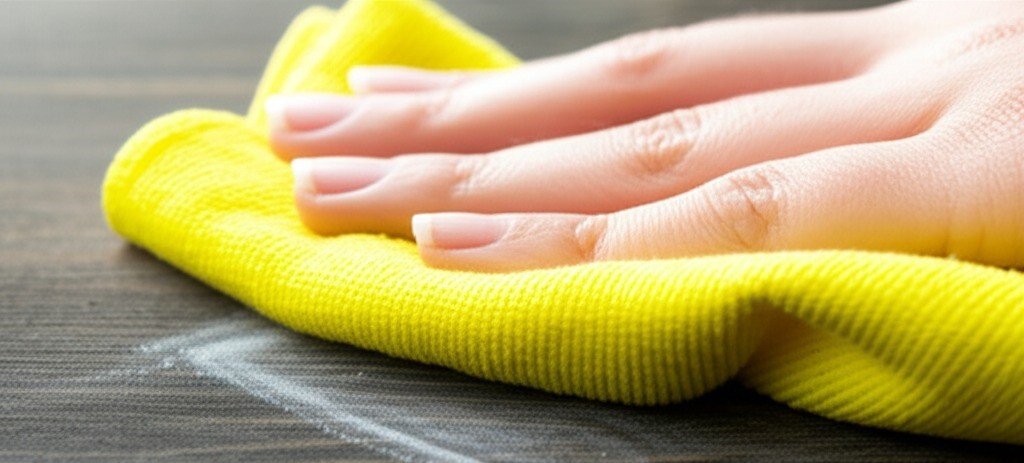
2.Wood Items
Protecting wood items from environmental factors is just as important as cleaning them. Sunlight, for example, can be a formidable enemy. Prolonged exposure to direct ultraviolet (UV) rays can fade the color of wood, leading to discoloration and a dry, brittle appearance. Heat from direct sunlight can also cause wood to dry out excessively, potentially causing it to shrink, crack, or warp. To mitigate this, consider the positioning of your wood furniture. Avoid placing valuable pieces directly in the path of strong sunlight throughout the day, if possible. Use UV-blocking blinds, curtains, or window film to diffuse or block the strongest rays, especially during peak sun hours. Rotating furniture periodically can also help ensure that light exposure is more evenly distributed, preventing one side from fading more noticeably than the other.
Humidity levels play a critical role in the health of wood items. Wood, being hygroscopic, absorbs and releases moisture from the air around it. The ideal relative humidity range for most wood furniture and flooring is generally between 40% and 60%. When humidity levels drop too low, as they often do in winter when indoor heating is on, wood releases its internal moisture, causing it to shrink. This shrinkage can lead to gaps in floorboards, loosening of joints in furniture, and even the development of small cracks in surfaces. On the other hand, if humidity levels are too high, wood absorbs excess moisture and swells. This can cause drawers and doors to stick, veneer to lift or bubble, joints to become tight or even warp, and can create an environment conducive to mold and mildew growth. Maintaining a stable humidity level is critical. You can monitor indoor humidity with a simple hygrometer. If your home is very dry, consider using a humidifier. If it’s very humid, a dehumidifier or improved ventilation may help. Avoid placing wood items directly near radiators, heating vents or fireplaces, as direct heat and very dry air can quickly cause localized damage. Similarly, avoid frequent and drastic temperature fluctuations, as these also contribute to the expansion and contraction cycle of wood, wearing the material down over time and thus maintaining the quality of your wood items.
Preventing physical damage through careful daily use is another essential aspect of wood care. Water marks, heat marks, and scratches are common and can mar the beauty of wood surfaces. The simplest preventative measures are often the most effective. Always use coasters under glasses, mugs, and cups to protect against condensation marks and spills. Use placemats under dishes, especially for hot dishes, and use heat-resistant trivets or pads under hot plates, serving bowls, or even appliances like coffee makers that can transfer heat to a wood countertop. For items that sit permanently on wood surfaces, such as lamps, vases, or decorative items, apply felt pads to their bases. These small, inexpensive additions provide soft cushioning, preventing scratches when items are inadvertently moved or shifted. When moving wood furniture, always lift it rather than dragging it across the floor. Dragging can put stress on the joints, legs, and overall structure of the piece, and can cause deep scratches in both the furniture and the floor. Be careful when placing sharp or abrasive objects directly on wood items.

3.Dust
Many wood items benefit from a deeper treatment, such as polishing or waxing, from time to time to restore shine, add a layer of protection, and in some cases, nourish the wood itself. The right product and frequency will depend largely on the original finish of the wood. For surfaces with a hard, sealed finish, such as polyurethane or varnish, polishing is primarily for cleaning and shining. A good quality furniture polish can be used sparingly, perhaps a few times a year. Avoid polishes that contain large amounts of silicone or wax if the piece has a hard, modern finish, as these can build up over time that is difficult to remove and can stain the surface. Always apply the polish to a cloth, not directly to the wood, and then wipe in the direction of the grain, buffing gently with a clean cloth.
For wood with a traditionally oiled finish, the goal is to replenish the oils that protect and beautify the wood. These pieces may need re-oiling every six months to a year, or more frequently if they appear dry. Use a furniture oil such as tung oil or boiled linseed oil (take proper safety precautions for the latter, as soaked rags can spontaneously combust). Apply a thin coat with a cloth, leave for the recommended time, and then wipe off any excess. If left unwiped, it can become sticky and attract dust.
Waxed finishes provide a soft, natural shine and good protection. They may need to be re-waxed annually or if the finish becomes dull or easily stains water. Use a quality paste wax. Apply a thin, even coat with a cloth, let dry to a haze, as per the product instructions, and then buff vigorously with a clean, soft cloth to a beautiful shine. Buffing is essential to achieving a hard, durable waxed surface. Before polishing or waxing, make sure the surface is completely clean and dry.
Accidents happen, and spills are almost inevitable. The key to minimizing spill damage on wood is to act quickly. Blot the spill immediately with a clean, absorbent cloth or paper towel. Resist the urge to wipe, as this can spread the liquid and push it deeper into the grain of the wood or any imperfections in the finish. Continue blotting until all of the liquid is absorbed. For sticky spills, after blotting the excess, it may be necessary to use a slightly damp cloth as described for light cleaning, followed by immediate drying. The faster you act, the less chance there is of the spill penetrating the finish and staining or damaging your wood items.
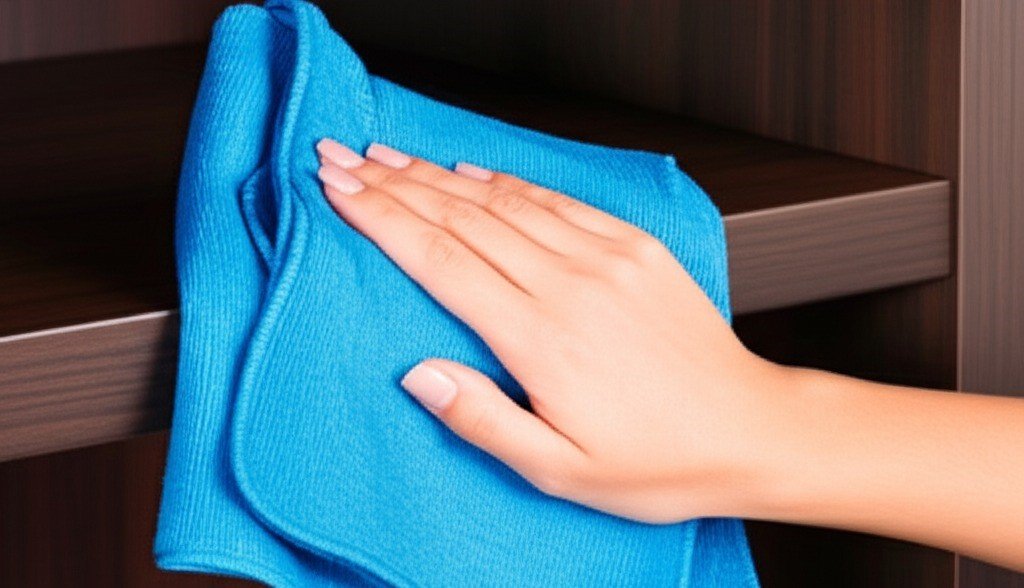
4.Wood Utensils
Despite your best efforts, small scratches, watermarks, or heat rings can sometimes appear. For very light surface scratches on some finishes, rubbing the scratch with the pulp of a walnut or pecan may make it less noticeable, as the oils in the nut can fill and darken the scratch. Commercially available scratch-covering polishes, touch-up markers, or repair wax sticks that are the same color as the wood can also be effective in camouflaging minor blemishes. Always test them on an inconspicuous area first.
White water marks or heat marks are caused by moisture trapped under the finish. Sometimes, for very light rings in certain finishes, placing a dry cotton cloth over the mark and ironing it with a warm (not hot) iron for a few seconds can remove the moisture. This method is risky and should be approached with extreme caution, checking frequently to avoid further damage. Another home remedy that is sometimes suggested is to apply a small amount of non-gel toothpaste or mayonnaise to the ring, leave it on for a short time, then wipe and polish. Again, test on an inconspicuous area first, as these methods can affect the finish of wood items. For more significant damage, professional restoration may be the best option.
Certain wood items require specific considerations. Hardwood floors, for example, harden with significant wear. Regular sweeping or vacuuming with a soft brush attachment is crucial to removing dirt that can scratch the finish. To clean, use a microfiber mop lightly dampened with a pH-neutral cleaner formulated specifically for hardwood floors. Avoid using excessive water, steam mops (which can force moisture into the wood), or oil-based soaps that can leave residue.
Wood cutting boards and utensils used to prepare food need to be properly cleaned and sanitized after each use. They should be hand-washed with hot, soapy water, rinsed, and dried thoroughly. They should be treated periodically with a food-grade mineral oil or a specialized cutting board conditioner to prevent them from drying out and cracking, and to help seal the pores against bacteria.
Decorative wood items, especially antiques or those with intricate carvings, often require delicate handling, especially careful dusting and placement away from potential hazards to the wood items.
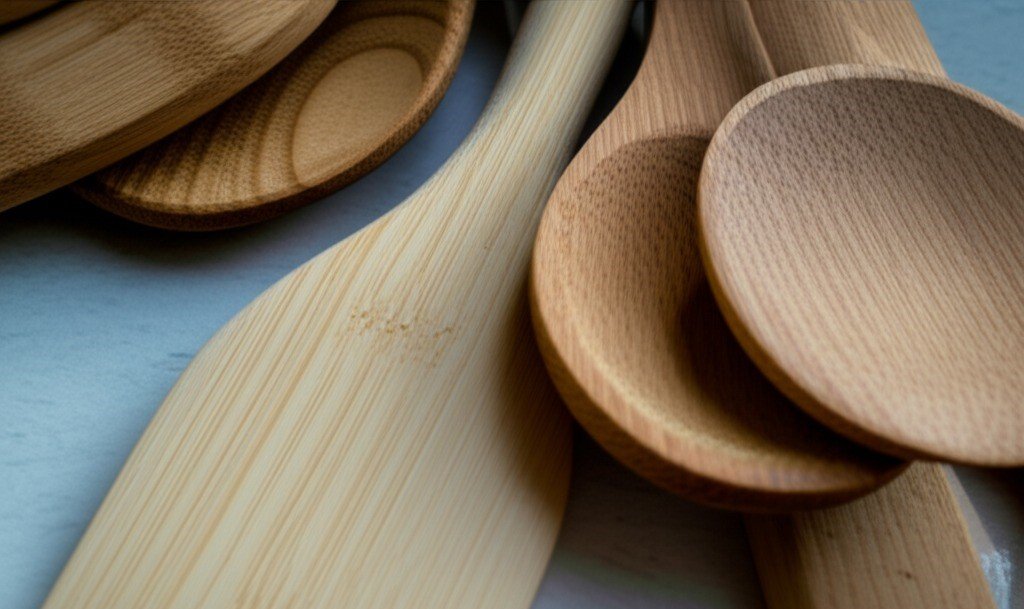
At the end, there are several things to consistently avoid when caring for wood. Harsh chemical cleaners containing ammonia, bleach, scouring powders, or strong solvents can strip the finish and damage the wood itself. Never soak wood items in water or put them in the dishwasher unless they are specifically labeled dishwasher-safe (which is rare for quality wood). Avoid using steel wool or other abrasive pads, as they can severely scratch the wood. While steam cleaners are excellent for many surfaces, they are generally not recommended for wood furniture or floors due to the risk of damage from moisture and heat. Be wary of all-purpose cleaners unless they specifically state that they are safe for wood, and even then, test them first. The fundamental principle of caring for wood items is to be gentle, consistent, and mindful of the material’s natural characteristics.
Taking care of your wood items, from regular and thorough cleaning to protecting them from environmental factors like sunlight and moisture, and treating minor wear and tear, helps maintain their beauty and structural integrity for years, even generations. This consistent attention ensures that your wood remains a treasured part of your home. For a complete home cleaning that respects all your surfaces, including delicate woods, consider Toronto Shine Cleaning. We professionally care for your entire home, ensuring that every element, including your precious wood pieces, gets the attention it deserves.













